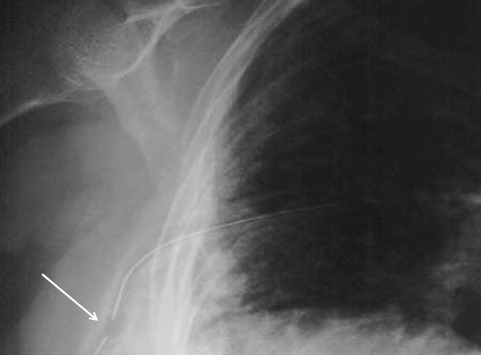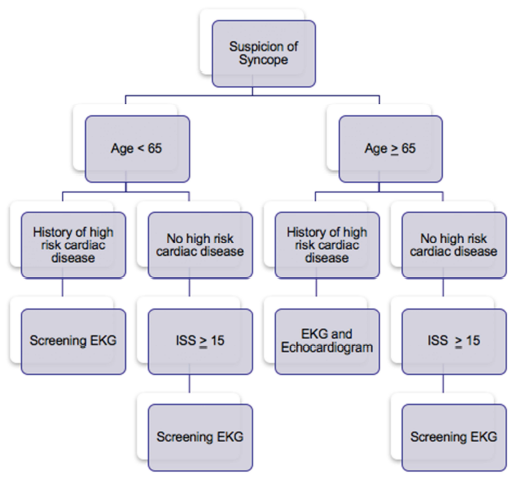Trauma patients tend to try to bleed to death. And trauma professionals try to stop that bleeding. They also frequently have to replace the blood products that were lost, which includes red blood cells, plasma, platelets, and more.
From a red blood cell standpoint, we have a long history of using group O- packed red cells as the so-called universal donor product. The problem is that only about 5% of the world population has this blood type, so it can be scarce.
To address this, many centers have moved toward using O+ blood for select patients. This blood type is much more prevalent (about 50% worldwide). The only difference is the positive Rh factor which has little impact on males, or females who are not in their child-bearing years. If an allergic reaction occurs, it is typically mild.
But what about plasma? This is interesting stuff. When selecting red cells, we want them to have no ABO group antigens on them so they don’t provoke a reaction. But plasma is just the opposite. We don’t want any ABO group antibodies in it. And the only plasma without antibodies comes from people who have all of them (A and B) on their red cells. This means people with type AB+ blood. Unfortunately, this is the other rare blood type, so there’s not a lot to go around. Worldwide, about 5% of people are AB+ and less than 1% are AB-.
So why couldn’t we do something like we did with packed red cells and substitute a more common blood type that evokes little immune response? The American Association of Blood Banks (AABB) has authorized both AB and A plasma for use in emergency situations. Unfortunately, the safety profile for using group A has not been very well studied, particularly in trauma patients needing massive transfusion.
The authors of the PROPPR study re-analyzed the data from it to try to answer this question. As you may recall, PROPPR was published in 2015 and compared safety and effectiveness of transfusion ratios at 1:1:1 to 1:1:2 (plasma : platelets : red cells).
The study group selected patients from the dataset who received at least one unit of emergency release plasma (ERP), defined as product given before the patient’s ABO type had been determined. Nicely enough, 12 sites transfused group AB ERP and 9 sites gave group A. One site gave both A and AB.
The authors looked at in-hospital mortality at 30 days, and a host of complications. Here are the factoids:
- A total of 584 of the 680 patients in the PROPPR study received emergency release plasma
- The median number of units given was 4, and there was no difference between A and AB groups
- There were statistically significant baseline differences between the groups, including blood type, SBP, percent in shock (SBP<90), blunt mechanism, positive FAST that were probably not very clinically significant
- The number of transfusions of all products were significantly higher in the A plasma group
- Complications were significantly higher in the A plasma group, specifically from SIRS, pulmonary problems, and venous thromboembolism (VTE)
- There were no acute hemolytic transfusion reactions and three febrile reactions
The authors concluded that, statistically, the use of group A plasma was not inferior to the use of group AB. The authors stated that cautious use of group A is an acceptable option, especially if group AB is not readily available.
Bottom line: Here we go again. Always be careful when reading a study that suggests non-inferiority of one thing compared to another. There are a lot of potential issues here:
- The PROPPR trial data was not designed to answer questions about plasma usage, so the data is being highjacked a bit
- Participating centers did not have a standardized way to determine the group that received ERP, so some data anomalies will be present
- The A and AB study groups were different in many ways at baseline, particularly with respect to how much product they received
- The primary outcome, 30-day mortality, was underpowered and could never show a significant difference
So with significant baseline differences in study groups and a potentially underpowered study, don’t read non-inferiority as meaning that use of group A plasma is okay. We still just don’t know. What this study really shows is that you can “get away with” using low titer group A plasma if you run out of AB. But it shouldn’t be your go to product yet. To figure out the real safety profile, we need to do a real “PROPPR” study. Get it?
Reference: Group A emergency-release plasma in trauma patients requiring massive transfusion, J Trauma 89(6):1961-1067, 2020.



